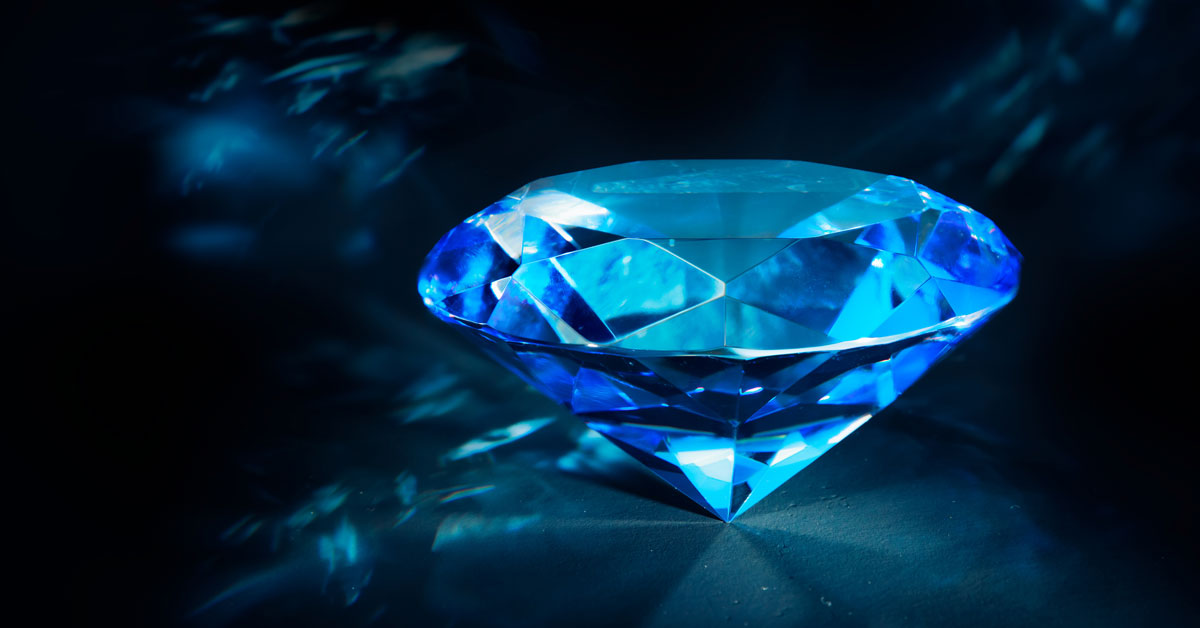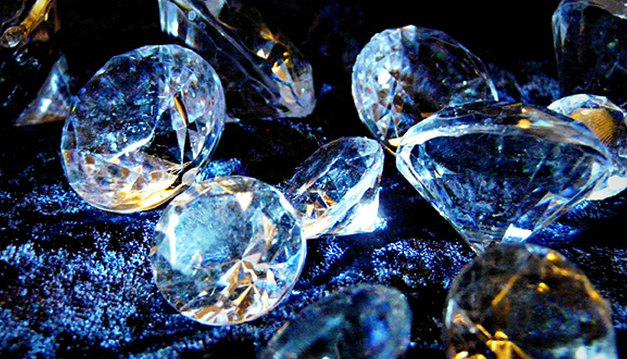Introduction to Lab Grown Diamond Earrings
Lab grown diamond earrings have become a popular choice for those seeking stunning, ethical, and affordable jewelry. These earrings offer the same brilliance and beauty as their natural counterparts but are created using advanced technological processes. This guide explores the benefits of lab grown diamond earrings, the process behind their creation, and how to choose the perfect pair.
What Are Lab Grown Diamonds?
Lab grown diamonds, also known as synthetic or man-made diamonds, are produced in controlled laboratory environments. These diamonds possess the same physical, chemical, and optical properties as natural diamonds, making them virtually indistinguishable.
The Process of Creating Lab Grown Diamonds
1. High Pressure High Temperature (HPHT) One method of creating lab grown diamonds is the High Pressure High Temperature (HPHT) process. This technique mimics the natural conditions under which diamonds form, using high pressure and high temperature to transform carbon into diamond.
2. Chemical Vapor Deposition (CVD) Another method is Chemical Vapor Deposition (CVD). In this process, a diamond seed is placed in a chamber filled with carbon-rich gas. The gas is heated, causing carbon atoms to deposit onto the seed, gradually forming a diamond.
Benefits of Lab Grown Diamond Earrings
1. Ethical and Sustainable Lab grown diamonds are an ethical choice, free from the environmental and human rights issues associated with diamond mining. They have a significantly lower carbon footprint and do not contribute to environmental degradation.
2. Cost-Effective Lab grown diamonds are generally more affordable than natural diamonds of comparable quality. This cost advantage allows consumers to purchase larger or higher-quality diamonds within their budget.
3. Consistent Quality The controlled environment in which lab grown diamonds are produced ensures consistent quality. Advanced technology allows for precise manipulation of the diamond’s properties, resulting in superior cut, color, and clarity.
Choosing the Perfect Lab Grown Diamond Earrings
1. Cut The cut of a diamond greatly impacts its brilliance and sparkle. Popular cuts for earrings include Round, Princess, and Cushion cuts. A well-cut diamond reflects light internally and externally, creating maximum sparkle.
2. Color Diamonds are graded on a color scale from D (colorless) to Z (light yellow or brown). Colorless diamonds are the most sought after and command higher prices. Lab grown diamonds are available in the same color range as natural diamonds, with advanced technology ensuring high-quality color grades.
3. Clarity Clarity refers to the presence of internal or external flaws, known as inclusions and blemishes. The clarity scale ranges from Flawless (no inclusions or blemishes visible under 10x magnification) to Included (inclusions and blemishes visible to the naked eye). Lab grown diamonds typically have fewer inclusions than natural diamonds, resulting in higher clarity grades.
4. Carat Weight Carat weight measures the size of the diamond. One carat is equivalent to 200 milligrams. Larger diamonds are rarer and more valuable, but carat weight should be balanced with cut, color, and clarity. Lab grown diamonds are available in a wide range of carat weights, offering options for every budget.
5. Setting Styles The setting style of lab grown diamond earrings can greatly influence their overall appearance. Common styles include:
- Stud Earrings: Simple and elegant, stud earrings are a timeless choice. The diamond is typically set in a prong or bezel setting.
- Halo Earrings: These earrings feature a center diamond surrounded by smaller diamonds, creating a dazzling effect.
- Drop Earrings: Drop earrings hang below the earlobe and can feature multiple diamonds or intricate designs.
Caring for Your Lab Grown Diamond Earrings
1. Regular Cleaning To maintain their brilliance, clean your lab grown diamond earrings regularly. Use a mild soap solution and a soft brush to gently remove dirt and oils.
2. Professional Maintenance Periodically, have your earrings checked by a professional jeweler. They can inspect the settings, ensure the diamonds are secure, and provide deep cleaning services.
3. Proper Storage Store your lab grown diamond earrings in a soft pouch or jewelry box to prevent scratches and damage. Avoid storing them with other jewelry pieces to minimize the risk of abrasion.
Conclusion: The Timeless Appeal of Lab Grown Diamond Earrings
Lab grown diamond earrings offer a perfect blend of beauty, ethical sourcing, and affordability. By understanding the process behind their creation and the factors to consider when choosing a pair, you can select earrings that perfectly match your style and values. Whether you prefer classic studs, dazzling halos, or elegant drop earrings, lab grown diamonds provide a stunning and sustainable choice for your jewelry collection.



